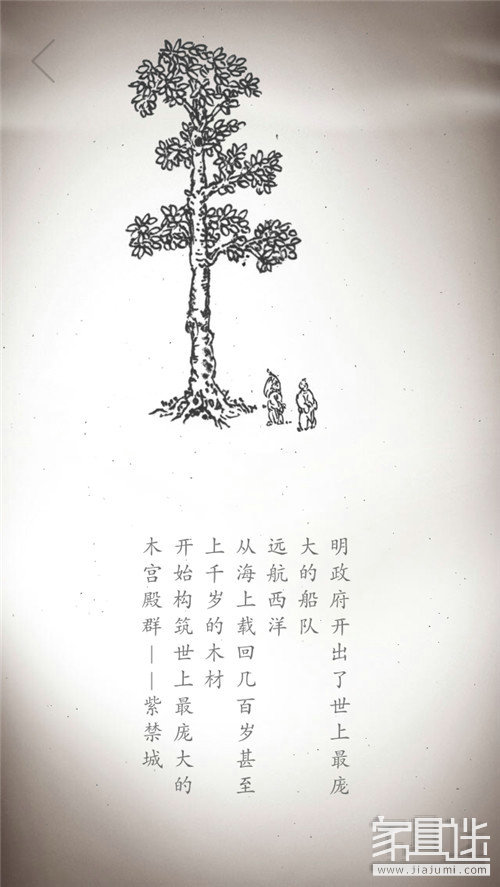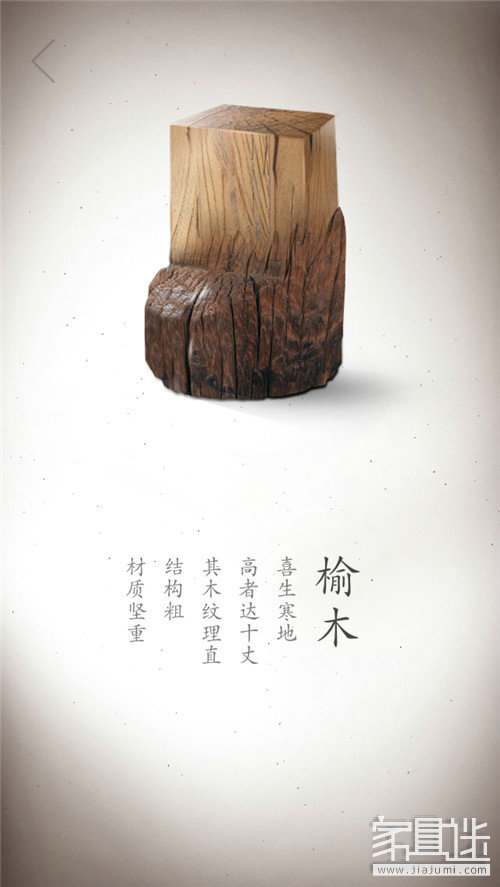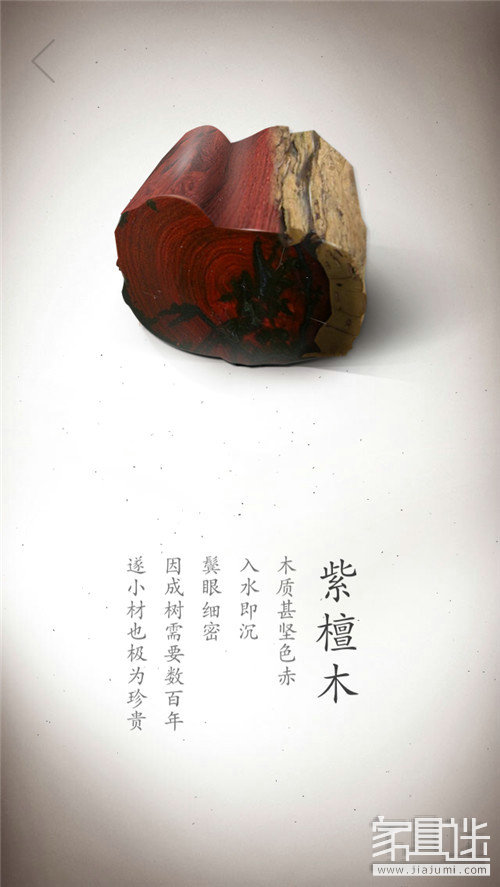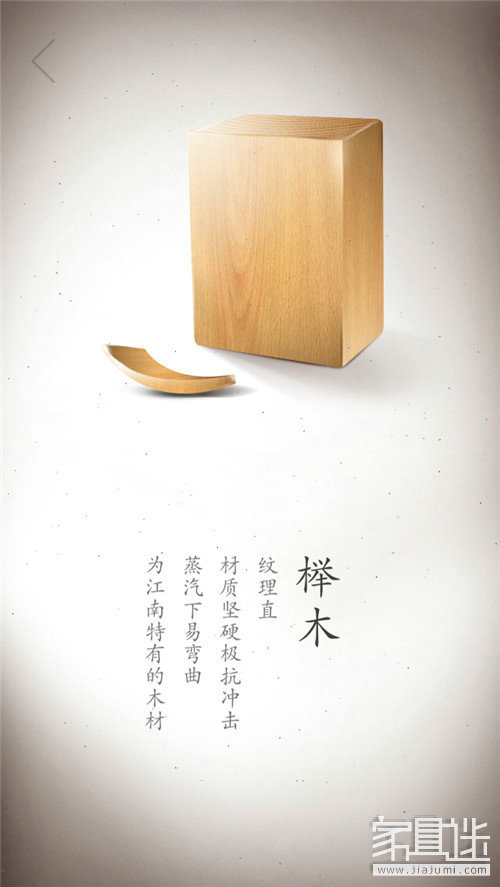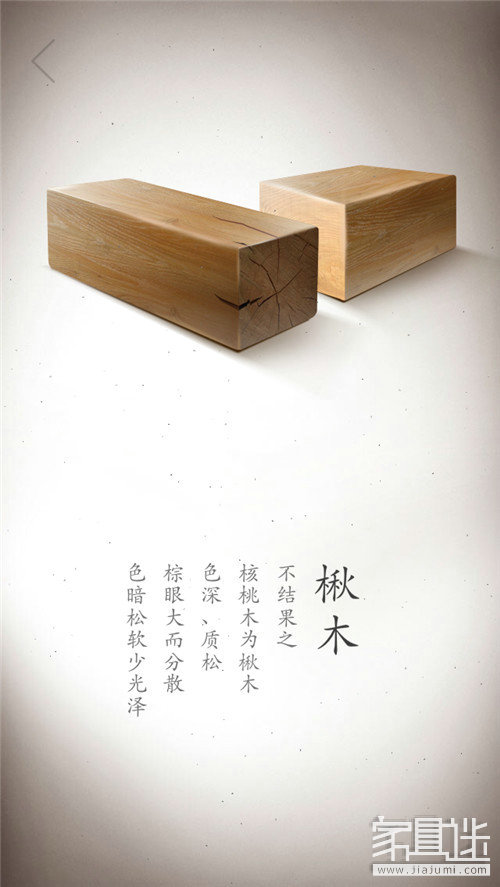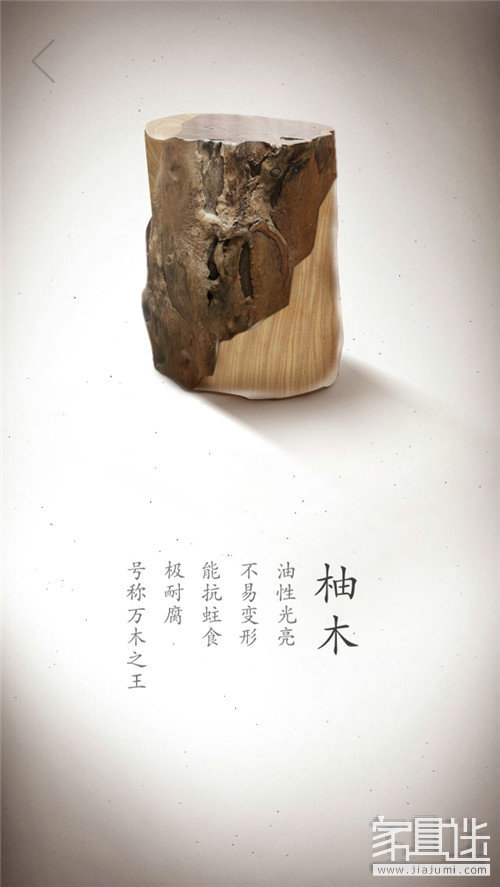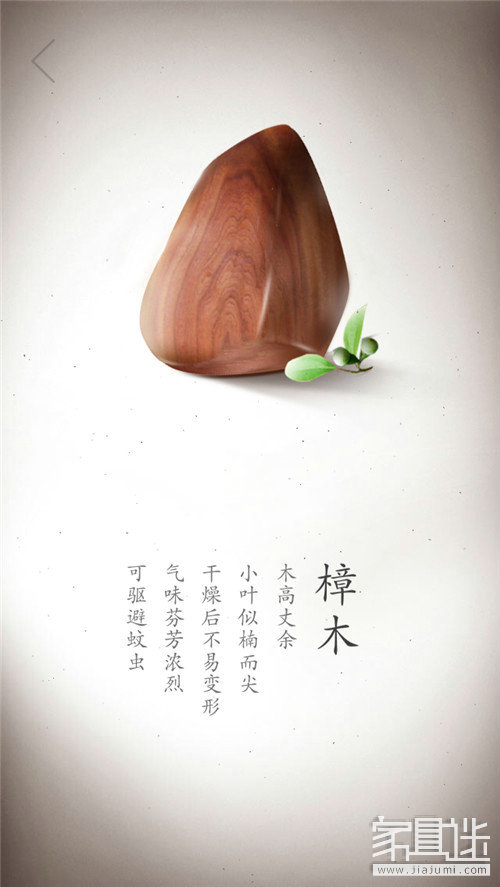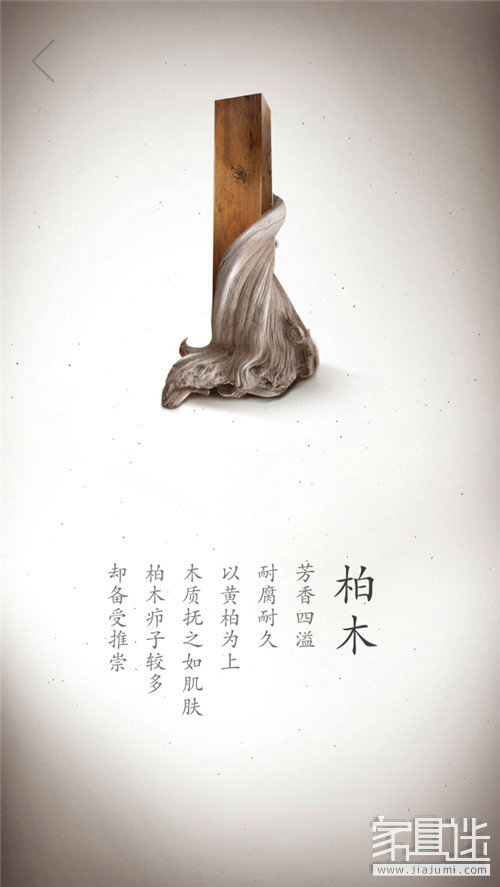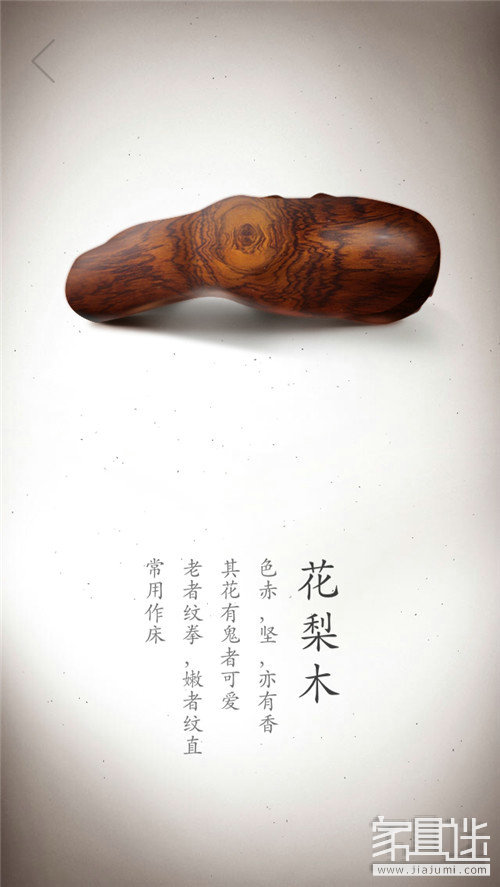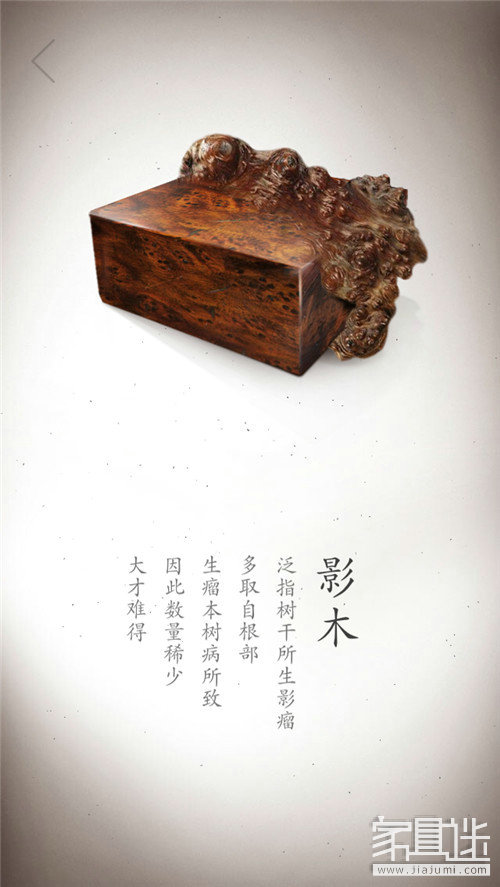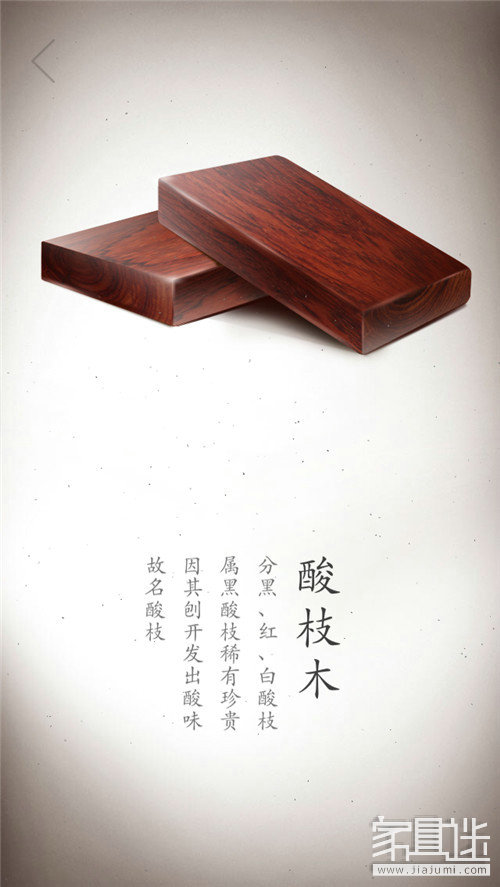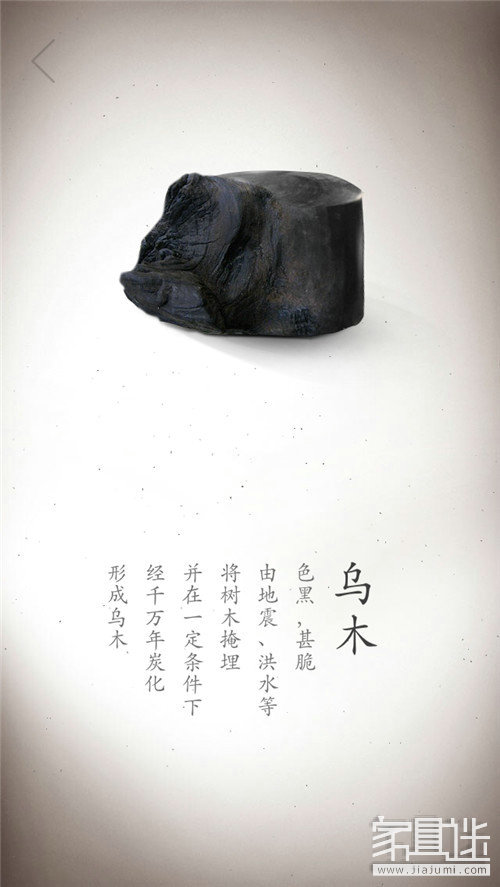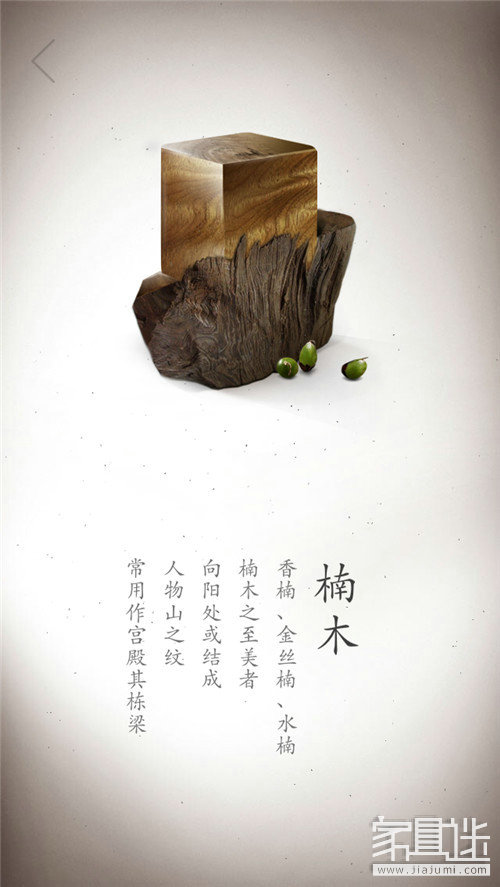The most comprehensive and most worthwhile wood knowledge article
Eucalyptus, often called "榆木疙瘩" in Chinese, is known for its stubborn nature and difficulty in working with. However, despite this, it has earned a strong reputation over time. In the past, it was commonly seen in both the homes of Wang Yutang and the backyards of ordinary people. Its bold and hearty presence, combined with its unique decorative appeal, made it a popular choice. Eucalyptus wood, with its strong character, heavy density, and practical mind, has carved out a significant place in the market, earning widespread admiration from all who have encountered it. Red sandalwood is a highly valued species, known for its long growth cycle—often taking centuries to mature. It features a narrow sapwood and dense, hard heartwood that is rich in oils. The heartwood displays a vibrant red or orange-red color, which darkens over time, developing striking purple-brown streaks. Red sandalwood can be categorized into two types: large-leaf rosewood and lobular rosewood, each with its own distinct characteristics and uses. Elm, also known as "æ¤æœ¨" or "椇木," is primarily found in southern China. Though not considered a luxurious wood, it was widely used in traditional Ming and Qing Dynasty furniture, especially among private households. Its durability and ease of carving made it a favorite among craftsmen, who often used it to create intricate wooden statues and decorative items. Eucalyptus is rare and seldom available for general use. It is typically reserved for high-end applications such as musical instruments and military equipment, including rifle butts. As global wood resources become scarcer, the value of eucalyptus furniture continues to rise, making it an attractive option for collectors and connoisseurs alike. Related reading: The lobular rosewood of the three tribute trees in the Ming and Qing Dynasties Teak is renowned for its natural luster and is most prized when sourced from Myanmar. It is oily, bright, and has a straight, uniform grain. One of its distinguishing features is the presence of ink lines and oil spots, which indicate high quality. The older the tree, the denser the wood, and when cut crosswise, it reveals a beautiful, intricate pattern that experts call a "grimace." Walnut wood is one of the most famous materials for interior decoration worldwide. In China, Shanxi is particularly well-known for its walnut wood furniture, often referred to as "Jin Zuo Furniture." This craftsmanship has been passed down through generations and is highly sought after for its elegance and durability. Elm is a versatile material, resistant to warping and pests, making it ideal for construction and furniture. Traditional artisans often carve Buddha statues and other religious figures from elm wood, showcasing its fine texture and workability. Cedar is a dignified and adaptable tree, known for its resistance to wind, smoke, and water. Its firm texture makes it suitable for bridges, furniture, and even for producing fibers used in rayon and ropes. Its natural beauty and durability make it a valuable resource in various industries. Chicken wing wood, found mainly in Southeast Asia and South America, gets its name from its distinctive texture resembling chicken wings. It has a clear, staggered grain and a sudden color change, making it visually appealing. With a subtle aroma and less visible growth rings, it's a popular choice among woodworkers. Telimu is recognized as the hardest type of wood, known for its rarity and versatility. It's used in military, shipbuilding, construction, and even for musical instruments and handicrafts. Its seeds contain 74% oil, which can be used to produce soap, adding to its economic value. There are two main types of rosewood: flower palm wood, found in southern China, and Hainan Tan, produced in the South China Sea. Flower palm wood is valued for its medicinal properties, including pain relief, anti-stress effects, and insect-repellent qualities, making it a versatile and cherished material. Shadow wood isn't a specific species but refers to the unusual growth patterns that appear on trees when they're injured or diseased. These unique knots and textures give the wood a distinctive look, making it desirable for artistic and decorative purposes. There are three main types of rosewood: black, red, and white. All emit a slight vinegar-like scent during processing, hence the name "sour wood." Among them, black rosewood is the most prized, featuring deep purplish tones and a smooth finish. Some varieties closely resemble red sandalwood, leading to confusion, though they usually have coarser grain patterns. Ebony comes in two primary forms: African and Asian black wood, often referred to as "corner" wood, and Yinmu wood, known as "Ebony" in Sichuan. Historically, Yinmu was used for amulets, religious artifacts, and Buddhist statues, believed to carry protective powers. Nanmu, also known as Nanshu or Phoebe bournongensis, is a broad term for several species within the Phoebe genus. Notable varieties include fragrant Nan, Jinshen, and Shuinan. Its dense, hard wood was historically used in shipbuilding and palace construction. The largest surviving Nanmu Temple is the Lingling Temple in the Ming Tombs, housing 60 massive golden-silk columns. Due to its scarcity, Nanmu has become increasingly valuable for collectors today. Silicone Bread Form,Bread Form Moulds,Cake Molds,Bread Mold Forms Changshu Xinneng Silicone Products Co., Ltd. , https://www.xnsilicone.com